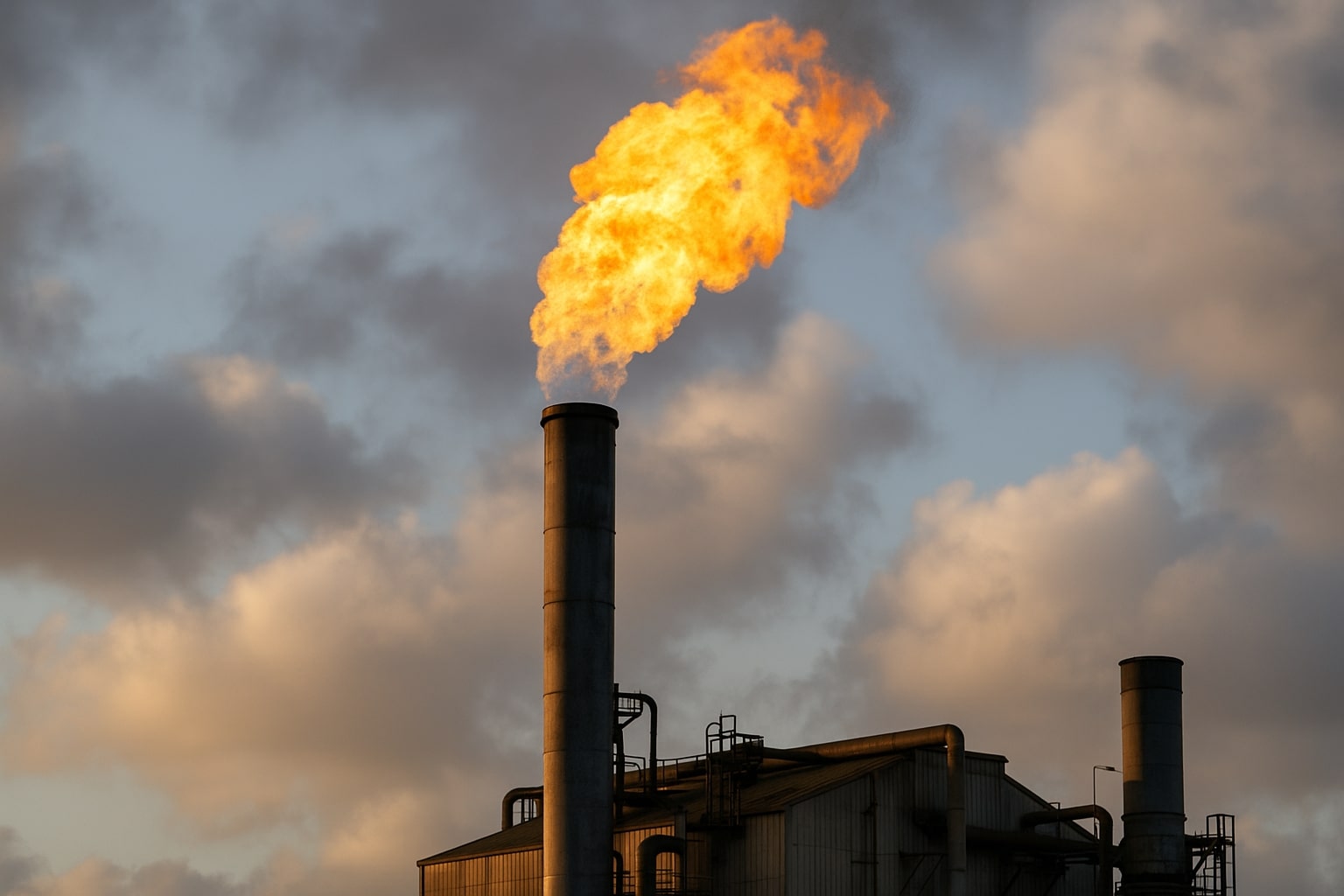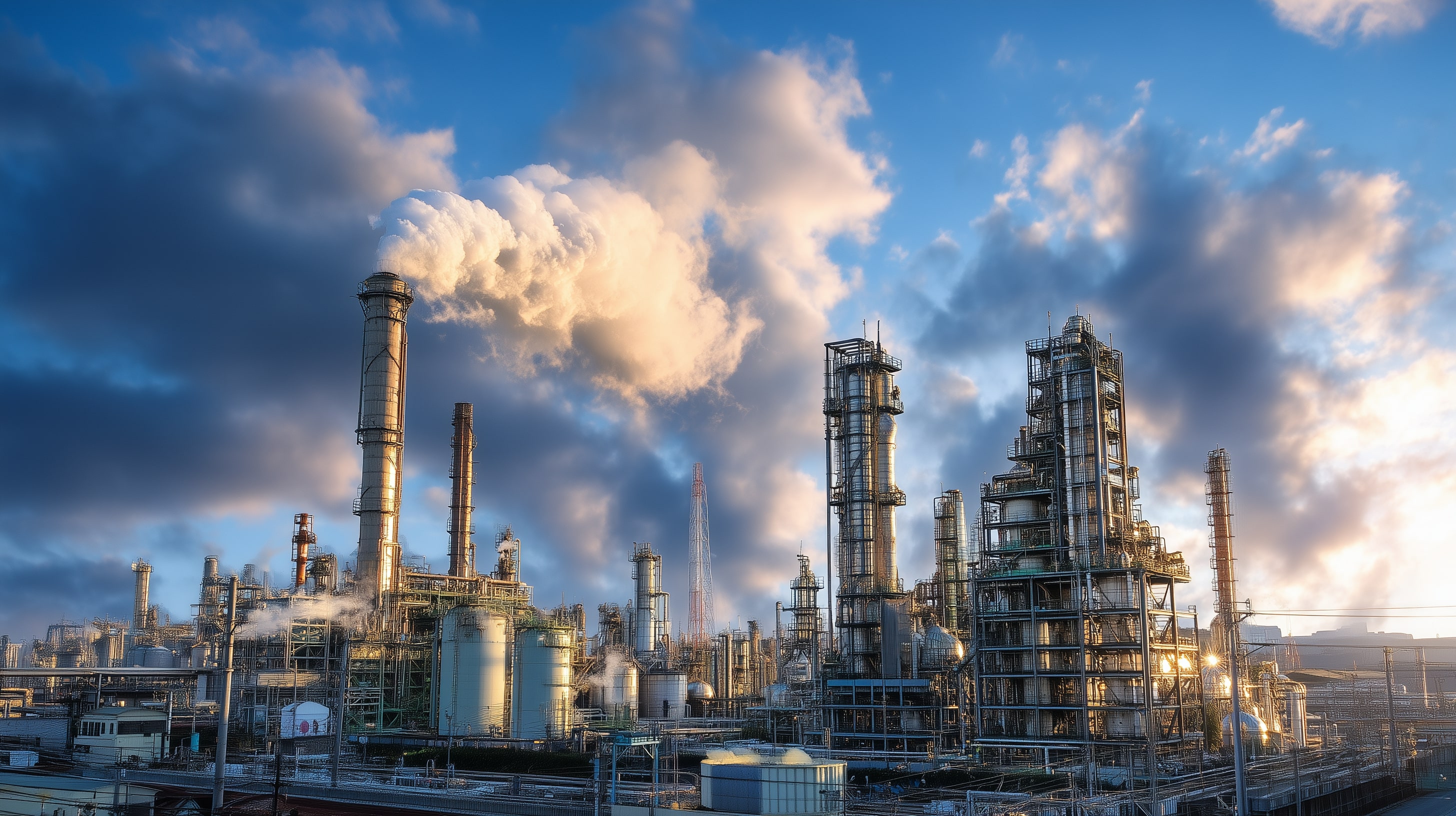NG=F Rebounds From Three-Month Low Around $2.96
Natural Gas (NG=F) plunged to an intraday trough of $2.97 on July 31, marking its weakest level since early April, before staging a sharp recovery that saw prices climb back above $3.10 by the U.S. close. The swing was driven by a confluence of technical support at a long-term uptrend line intersecting with the April-to-July anchored VWAP of $2.96, prompting aggressive short-covering. With futures positioning at 220,000 net long contracts on the NYMEX, this technical bounce underscores how quickly trader sentiment can flip when key chart levels hold.
EIA Reports 48 Bcf Build, Exceeding Street Forecast
The U.S. Energy Information Administration’s weekly storage data revealed inventories rose by 48 billion cubic feet in the week to July 25, versus a consensus projection of 41 bcf and a five-year seasonal average build of 24 bcf. Storage stands at 3,133 bcf, 6.7% above the five-year norm yet 3.9% below last year, reflecting a backdrop of ample supply. The surprise overshoot weighed initially on the market, triggering that sub-$3.00 sell-off, but hotter weather forecasts quickly reversed the narrative.
Warmer Forecasts Fan Demand Expectations Across Southwest and Texas
Meteorological models shifted Thursday to anticipate above-average highs from August 5–9 across the Southwest and into the Texas Panhandle. Atmospheric G2 projects peak cooling-degree-day demand will climb 15% above normal, setting the stage for power plants to ramp up gas burn for air-conditioning. BNEF data shows U.S. power-sector gas demand at 80.5 bcf/d, down 7.0% year-on-year but primed to surge in an early-August heatwave. This weather-driven demand spike is the catalyst behind the swift price rebound from the lows, reinforcing the critical link between thermals and spot gas valuations.
Rig Count Rise Signals Rising Production Pressure
Baker Hughes data for the week ending July 25 reported U.S. natural gas rig count climbed by five rigs to 122, the highest level in nearly two years. The year-to-date tally has risen from a 2024 low of 94 rigs, suggesting producers are incentivized to drill more wells even as storage gluts remain. Lower-48 onshore dry gas output reached 107.8 bcf/d, up 2.4% year-on-year, a trend that could cap upside if sustained. Yet the offset between increasing supply and anticipated weather-driven demand will be pivotal for price direction in early August.
Electricity Generation Growth Bolsters Gas Consumption
The Edison Electric Institute reported U.S. electricity generation for the week ended July 26 rose to 98,772 gigawatt-hours, an 8.1% increase from a year ago. Year-to-date output grew 2.7% to 4.26 million GWh. With natural gas accounting for 39% of U.S. power generation, higher grid loads translate directly into gas burn—every additional 1 GWh roughly equals 0.4 bcf of gas demand. These numbers highlight why a hotter summer can erase bearish inventory overhangs almost overnight.
Long-Term Price Outlook Hinges on LNG Export Growth
EIA’s Annual Energy Outlook 2025 projects U.S. LNG exports to climb from 4.4 tcf in 2024 to 9.8 tcf by 2037, anchored by new Gulf Coast facilities. To feed that export surge, Appalachian Basin production is forecast to rise from 12.6 tcf in 2024 to 19.6 tcf by 2050, while production in the Permian and Haynesville faces headwinds. Henry Hub prices are modeled to increase from $2.19/MMBtu in 2024 to $4.80/MMBtu in 2050 (2024 dollars), with East-to-Gulf Coast basis differentials widening from $0.75 to over $2.00/MMBtu. Those structural dynamics suggest a bullish bias in medium term, provided infrastructure keeps pace.
Technical Resistance at $3.19 and $3.29 Is Key
A close above today’s high of $3.11 sets up an initial bullish trigger, but the real test lies at the short-term swing top of $3.19. Surpassing that level opens the door to the 20-day moving average at $3.29, a barrier that has contained rallies since mid-July. A decisive breach would confirm a reversal of the prior downtrend from the June peak of $4.90, with the next upside objective at the converged 50- and 200-day moving averages near $3.64. Failure to clear $3.19 keeps bearish pressure alive and risks another retest of the $2.97–$2.96 support zone.
Sentiment and Positioning Signal Cautious Optimism
Commitments of Traders data show managed money increased net long futures by 12% over the past month, while open interest rose 8%, reflecting renewed confidence among speculators. The six-day positive shift in net positioning comes as volatility contracts to eight-month lows, indicating fewer sellers left to drive prices lower. Yet cooling-degree-day forecasts and upstream data will remain the primary catalysts.
Before drawing any conclusions on whether Natural Gas represents a buy, sell, or hold, we have now synthesized the full spectrum of supply, demand, technical, and structural factors.




















